
A Complete Guide to How Vibe Coding Works in Modern AI Workflows




1. Introduction By Adnan Ghaffar Published 25/ 11/ 2025




Vibe coding has become one of the most talked about techniques in the AI space, yet most people still struggle to understand what it actually means and how it works in real workflows. Search terms like what is vibe coding, vibe coding meaning, vibe coding definition, and how vibe coding works are trending because users are not looking for vague concepts. They want clear, practical answers. And that is exactly what this guide delivers. At CodeAutomation, we work hands-on with AI models, prompt engineering, and automation systems every day. We see how a simple shift in tone, context, and instruction style can completely transform the output of tools like DeepSeek, Cursor, ChatGPT, and other modern AI platforms. Vibe coding is not just another buzzword. It is a smarter way to communicate with an AI model so the final result reflects your style, your intention, and your brand personality. This is why creators, developers, SaaS teams, and automation specialists are embracing vibe coding workflows and experimenting with different vibe coding tools to enhance consistency and speed. In this guide, we will break down what vibe coding really means, how the process works, where it fits inside modern AI assisted workflows, and how real teams use vibe coding examples and projects to produce more accurate and creative outputs. By the end, you will know exactly how to apply vibe coding with confidence and you will understand why it has become an essential part of the AI driven content and development process.
2. Vibe Coding Explained in Simple Words
Vibe coding is one of those phrases that exploded across the AI space before anyone fully agreed on what it actually meant. At its core, vibe coding refers to the way you shape the tone, style, personality, and intention of an AI generated output. Instead of giving the model a generic instruction, you guide it with a consistent vibe so it responds with the style you expect. If you have ever tried to get an AI model to write in a specific energy or maintain a certain personality, you have already done a form of vibe coding without realizing it.
The reason vibe coding became so popular is simple. Modern AI models like DeepSeek, Cursor, and ChatGPT 5 are incredibly powerful, but they are also highly sensitive to the emotional tone and contextual framing in a prompt. When you learn how to control that tone with clarity and intention, the AI becomes significantly more predictable and more aligned with your creative direction. This is why vibe coding is now used by creators, marketers, developers, SaaS teams, and anyone who needs consistent, high quality output from AI.
At CodeAutomation, we see vibe coding as a practical skill, not a trend. It helps teams get results that feel authentic, consistent, and on brand. The better you understand the vibe you want, the stronger and more reliable the output becomes.
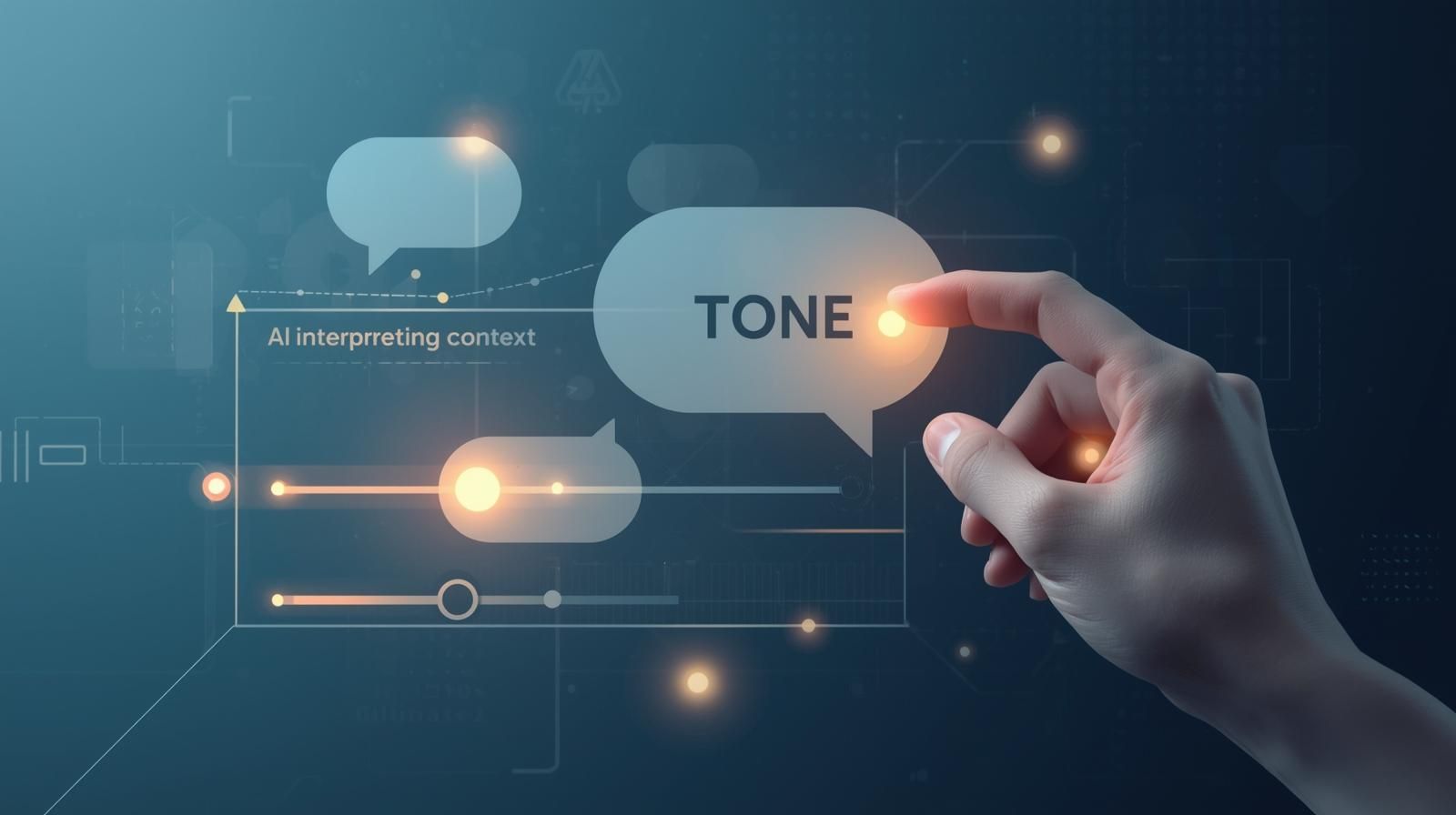
3. Vibe Coding Meaning and Why It Matters Today
When people search for vibe coding meaning, they are usually trying to understand why this concept is suddenly everywhere in the AI world. The term sounds playful, but its purpose is serious and practical. Vibe coding refers to the method of shaping an AI model’s responses by defining the emotional tone, communication style, and creative direction before giving a task. Instead of focusing on only factual instructions, you guide the model with the vibe that should influence the entire output.
Why does it matter today? Because AI systems are evolving fast. Models like Cursor, DeepSeek, ChatGPT 5, and other modern tools do not just follow commands. They interpret tone, intention, and style signals at a deeper level. When the vibe is clear, the model delivers results that feel polished and intentional. When the vibe is inconsistent, the output becomes robotic, generic, or disconnected from your brand identity.
This is exactly why vibe coding has become essential for content creators, automation engineers, product teams, and SaaS companies. A lot of AI users think the model is underperforming, when in reality the vibe was unclear. Once you master vibe coding meaning, you unlock the ability to guide AI with the same consistency you expect from a human teammate. At CodeAutomation, we use vibe coding across internal workflows because it improves clarity, reduces revisions, and keeps outputs aligned with brand standards.
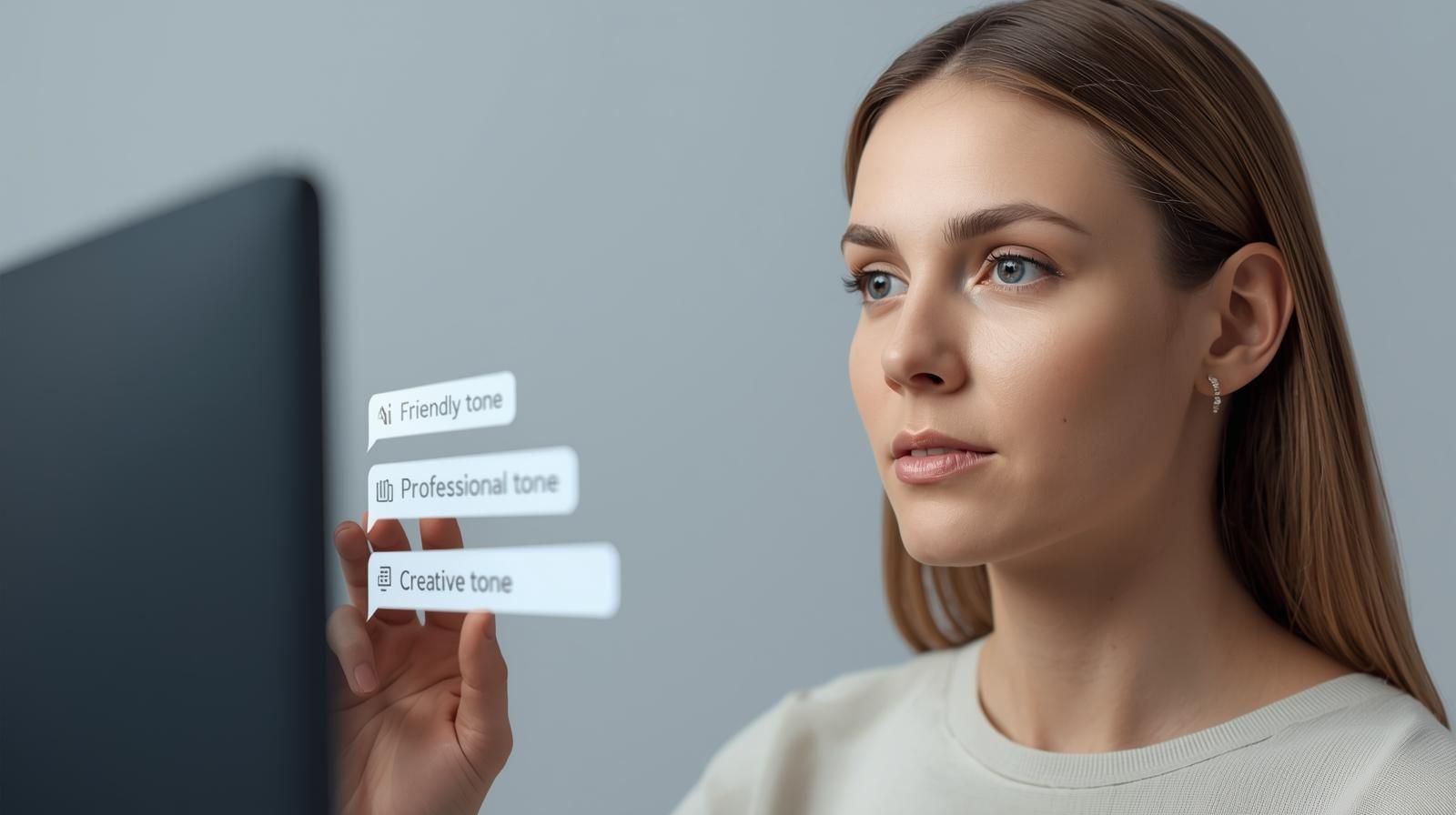
4. How Vibe Coding Works Inside Modern AI Workflows
Understanding how vibe coding works is the key to using it effectively. At the most basic level, vibe coding works by creating a structured prompt environment that primes an AI model to respond with a specific personality, tone, and communication pattern. Instead of giving the model fragmented instructions, vibe coding sets the stage first. You define the vibe, then you define the task.
Modern AI systems like DeepSeek, Cursor, AI powered code editors, and ChatGPT 5 interpret a prompt in two layers. The first layer is the explicit instruction. The second layer is the implied emotional direction. This is where vibe coding becomes powerful. If you guide the AI with a clear vibe that reflects your brand or creative identity, it becomes far easier to maintain consistency across long projects, marketing flows, or software documentation.
Inside real AI workflows, vibe coding usually follows a simple structure. You start by defining the tone, clarity level, creativity level, or brand personality. You then pair it with the action you want, such as generating content, writing code, or producing structured documentation. The AI blends both parts to produce the output you expect. At CodeAutomation, we use vibe coding to keep our project documentation, automation instructions, and client deliverables aligned in voice and structure. It saves time, reduces revisions, and increases quality across the entire workflow.
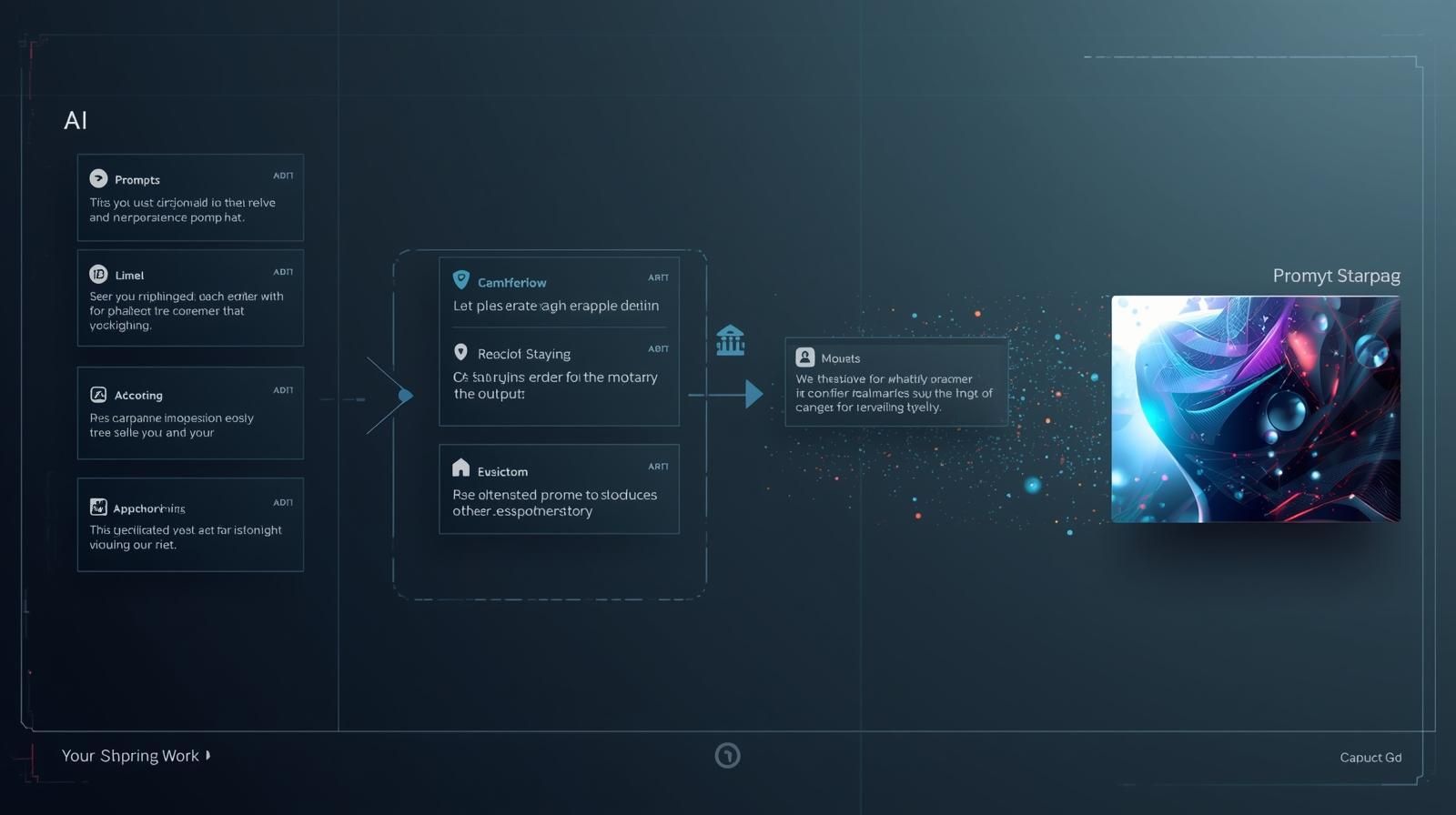
5. Vibe Coding Tools and Platforms Used by Professionals
Vibe coding is growing fast because modern AI tools make it easier than ever to shape tone, personality, and creative direction. The platforms people choose directly affect how consistent their vibe coding results are. Some tools are built for structured workflows, others for creative exploration, and many for developer focused tasks. Understanding these differences helps you select the right combination for your own AI workflow.
One of the most popular choices is DeepSeek vibe coding, which offers speed, precision, and strong reasoning capabilities. It is widely used by teams that need reliable output across content creation, product documentation, and technical tasks. Cursor vibe coding is another favorite among developers because it blends AI assisted coding, project context, and fast prompt responses inside one environment. Pairing Cursor with a strong vibe template often produces highly aligned results.
You will also find users experimenting with vibe coding ai techniques inside ChatGPT 5, where conversation memory and stylistic guidance make it easier to maintain a stable tone. Many teams rely on a combination of these platforms, along with smaller workflows built inside automation systems, internal tools, or prompt libraries. At CodeAutomation, we integrate vibe coding into our custom AI software development process so clients receive outputs that match their brand personality and technical requirements. Each platform adds its own strengths, and choosing the right one can significantly improve the quality and consistency of your results.
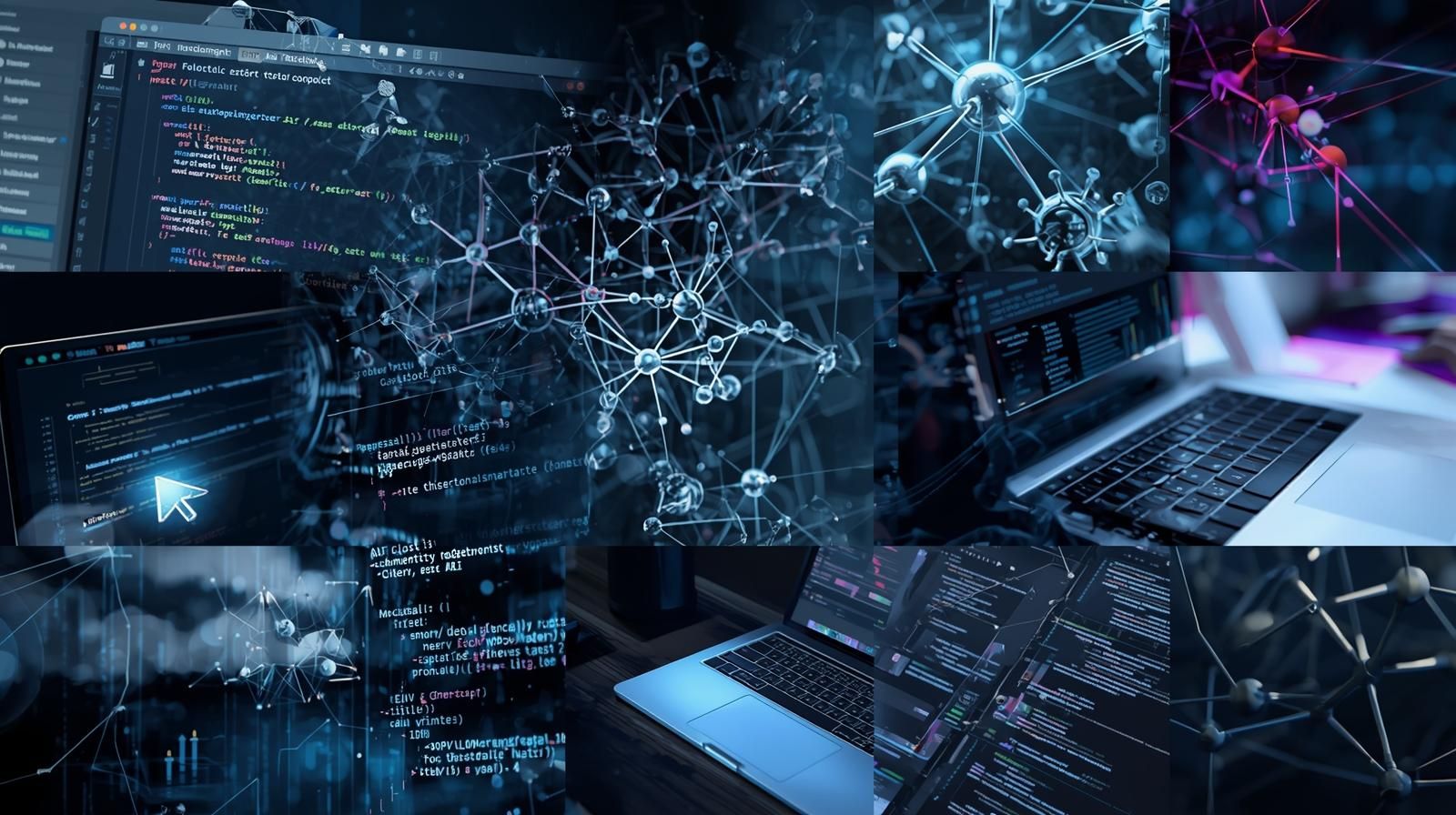
6. Vibe Coding Examples and Real Use Cases for AI Teams
Seeing vibe coding in action makes it much easier to understand how powerful it can be inside real AI workflows. While the concept sounds abstract at first, the examples show how teams shape tone, style, and consistency with simple adjustments that dramatically improve output quality. Many people search for vibe coding examples, vibe coding workflow samples, and vibe coding project ideas because they want to see how it works in day to day tasks instead of theory.
A common vibe coding example involves setting the personality and communication style at the start of a project. For instance, a team might ask the AI to respond like a friendly technical advisor or a sharp product strategist. Once the vibe is established, the AI maintains that energy across long form content, product descriptions, internal documentation, and customer facing materials.
In development workflows, vibe coding prompts help automate repetitive tasks. Teams use vibe coding projects to streamline code commenting, rewrite technical explanations, or generate consistent documentation with the right voice and structure. Some teams explore vibe coding prompt examples to quickly build prototypes or mockups inside automated systems.
At CodeAutomation, we use vibe coding in many of our internal and client workflows. It supports both our automation pipelines and our software and QA testing services by keeping instructions clear, maintaining brand tone across all AI generated materials, and reducing time spent fixing inconsistent outputs. The goal is simple. When you guide the AI with a clear vibe, you get results that feel aligned, intentional, and ready to use.
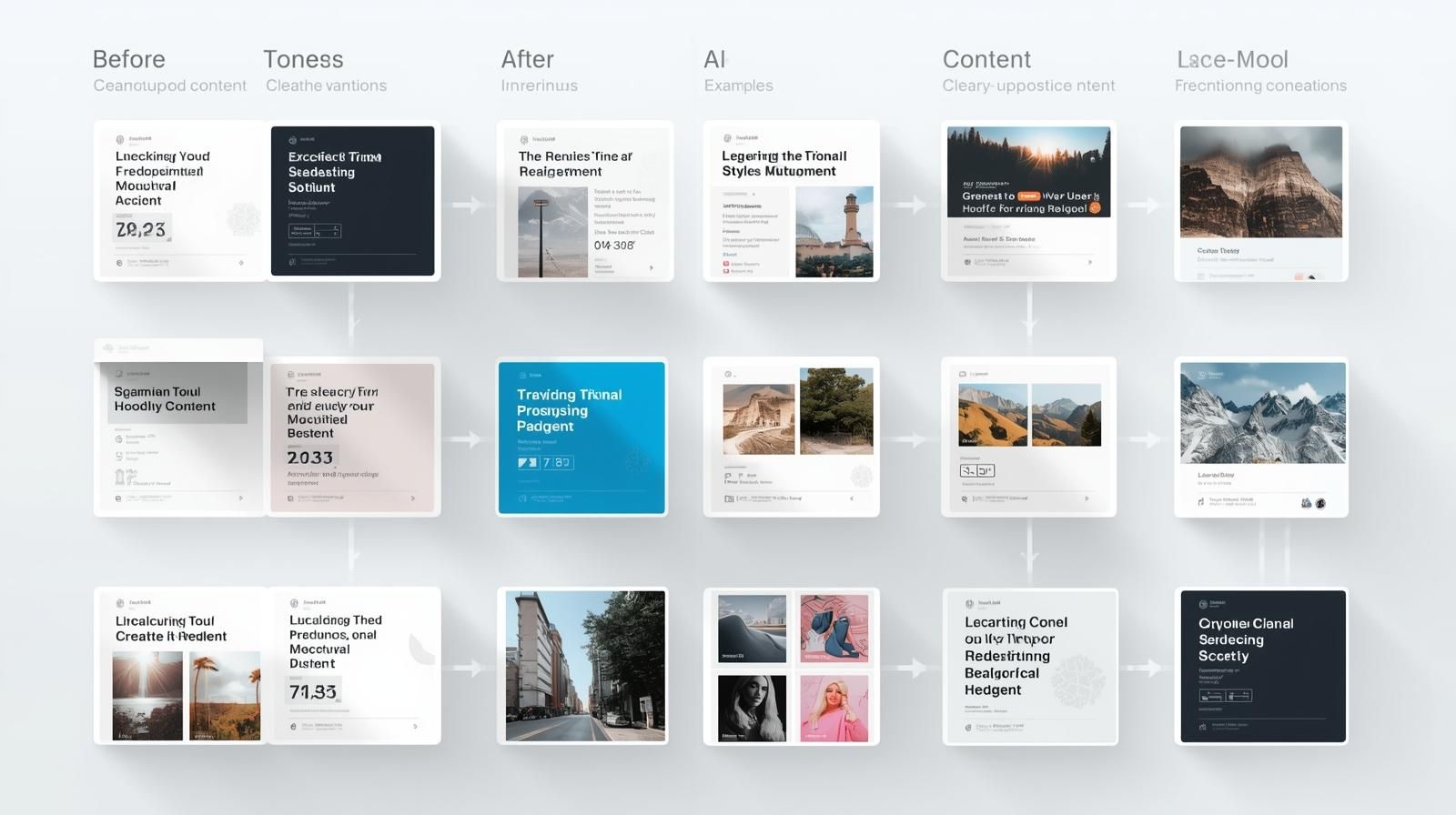
7. Vibe Coding Pros and Cons for Creators and SaaS Teams
Like any technique inside modern AI workflows, vibe coding comes with its own strengths and limitations. Understanding both sides helps teams decide when to use it and when another method might work better. Many users find vibe coding helpful because it adds personality, structure, and stylistic clarity to AI responses, but it still requires practice and the right tools to get consistent results.
One of the biggest advantages is improved tone alignment. When the vibe is clear, the AI delivers responses that feel polished and on brand. This is especially useful for SaaS teams, product creators, and automation specialists who need predictable results across long projects. Vibe coding also reduces editing time because the AI stays closer to the desired communication style from the beginning. It supports faster prototyping, better content clarity, and more natural outputs.
However, vibe coding has limitations. It relies heavily on the quality of the initial vibe setup. If the tone is unclear or inconsistent, the output becomes weaker and requires more revisions. Some tools may interpret vibes differently, which means teams need to test platforms like DeepSeek, Cursor, and ChatGPT 5 to find the one that suits their workflow best. At CodeAutomation, we guide teams toward a balanced use of vibe coding so they get strong results without depending too heavily on stylistic prompting. When used correctly, vibe coding becomes a powerful addition to any AI powered workflow.

8. Who Vibe Coding Is For and Who Should Avoid It
Vibe coding is a useful technique, but it is not meant for everyone. Different teams and different workflows benefit from it in different ways. Understanding who vibe coding is for helps you decide whether it fits your goals or whether another method would serve you better.
Vibe coding is ideal for creators, developers, and SaaS teams who need AI generated content that feels consistent and aligned with a specific voice or style. It works well for teams that manage documentation, marketing materials, automation workflows, user guides, or product content where brand tone matters. If you want AI output that sounds friendly, technical, professional, casual, or aligned with your company identity, vibe coding helps you lock in that style from the first prompt. It is also helpful for engineers who use tools like Cursor or DeepSeek because these platforms respond strongly to tone and structure cues.
On the other hand, vibe coding may not be the best fit for people who prefer strict, purely factual outputs without any personality or tone influences. It can also feel unnecessary for small tasks that do not require style consistency. Some beginners may find vibe coding confusing if they are not comfortable defining tones or communication patterns. At CodeAutomation, we guide teams who use vibe coding in the right places and keep things simple where tone does not matter. The goal is always practicality and quality.

9. Vibe Coding and the Future of AI Assisted Content and Development
The rise of vibe coding is not accidental. It reflects a major shift in how teams interact with AI and how AI interprets human intention. As models become more advanced, the difference between a generic prompt and a well defined vibe becomes more noticeable. Teams that understand how vibe coding works are already producing higher quality content, cleaner documentation, smarter prototypes, and more consistent brand aligned outputs.
The future of AI assisted development depends heavily on communication clarity. Tools like DeepSeek, Cursor, and ChatGPT 5 are becoming more sensitive to tone, structure, and stylistic cues. This sensitivity makes vibe coding even more important because the model can now respond with more depth and more personality than earlier generations. As workflows evolve, vibe coding will likely become a standard part of prompt engineering and automation design across software teams, SaaS companies, and creative departments.
At CodeAutomation, we see vibe coding as a long term skill that blends creativity with logic. It helps teams get more value out of their AI tools and reduces the time spent fixing inconsistent results. As businesses continue adopting AI for content, product design, operations, and engineering support, vibe coding will play a major role in shaping how work gets done. The teams that learn it early will gain a clear advantage in speed, clarity, and output quality.
10. Conclusion
Vibe coding started as a simple idea, but after exploring its meaning, its tools, its workflows, and its real examples, it becomes clear that it is much more than a stylistic trick. It is the method that helps AI understand not only what you want, but how you want it delivered. Throughout this guide, we broke down what vibe coding means, how vibe coding works inside modern AI workflows, which tools support it, and how real teams use it to produce consistent, brand aligned results. What stands out is that vibe coding is not limited to one type of user. Creators, developers, SaaS teams, and automation engineers all benefit from it in different ways. Whether you are shaping long form content, building product documentation, generating prototypes, or producing customer facing assets, the vibe you set becomes the foundation of the output. When the vibe is intentional, the results feel clearer, cleaner, and more in sync with your goals. At CodeAutomation, we see vibe coding as a practical skill that fits naturally into the way modern AI systems operate. It supports creativity, improves structure, and gives teams more control over the personality of their AI generated work. If you choose to bring vibe coding into your workflow, you are choosing a smarter, more efficient way to communicate with AI. It is a small shift that creates a noticeable difference in the work you produce and the value you deliver.
Frequently Asked Questions (FAQs)
A: Vibe coding refers to the method of guiding an AI model with a specific tone, style, and personality before giving it a task. Instead of relying only on direct instructions, you shape the vibe first so the output feels aligned and consistent. It helps teams produce content that matches their brand identity or communication style.
A: Vibe coding meaning is simple. You set the emotional direction of the AI response before asking for an action. This emotional direction influences how the model writes, explains, analyzes, or creates. When the vibe is strong, the AI output becomes more predictable and more natural.
A: Vibe coding works by combining tone instructions with the task instructions in one structured workflow. Modern AI tools interpret both the emotional guidance and the explicit command at the same time. This creates outputs that sound sharper, clearer, and more intentional.
A: Yes. Vibe coding is not a trend or myth. It is a communication technique used widely across AI teams, developers, creators, and automation specialists. It works because AI models are sensitive to tone cues and style signals.
A: Vibe coding is not bad. It is simply a method of guiding AI behavior more effectively. It becomes unhelpful only when users rely on it for tasks that require strict, tone free outputs. When used correctly, vibe coding improves consistency and saves time.
A: People call it vibe coding because you are essentially coding the vibe or emotional direction before coding the task. It is the simplest way to describe the technique in a non technical way.
A: Vibe coding is expected to grow as AI systems become more advanced. Many modern platforms already rely heavily on tone and style cues. The better teams get at vibe coding, the more accurate and aligned their AI outputs become.
Adnan Ghaffar is the visionary CEO of CodeAutomation.ai, a platform dedicated to transforming how businesses build software through cutting-edge automation. With over a decade of experience in software development, QA automation, and team leadership, Adnan has built a reputation for delivering scalable, intelligent, and high-performance solutions.
Under his leadership, CodeAutomation.ai has grown into a trusted name in AI-driven development, empowering startups and enterprises alike to streamline workflows, accelerate time-to-market, and maintain top-tier product quality. Adnan is passionate about innovation, process improvement, and building products that truly solve real-world problems.


